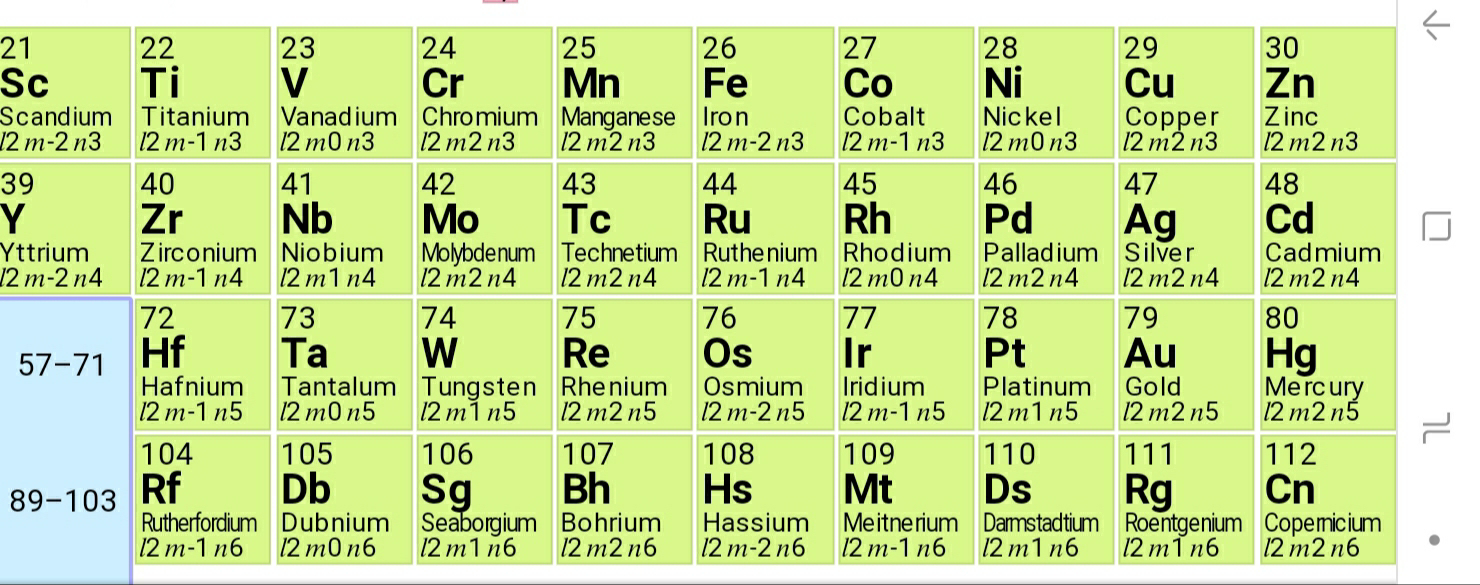TOPIC : MODERN PERIODIC TABLE
SKILLS :-
COMMUNICATION
REINFORCEMENT
CLOSURE
I was the 4th and the last one to take today's session. I was on the motive of introducing a new tool to the class "PTABLE" https://ptable.com/?lang=en#Compounds which is a Dynamic Periodic Table. As per the review which I got, communication skills and closure were being highlighted by the most. But needs improvement in reinforcement. Mass answering was observed in the initial minutes of the lesson but later on cleared it. I sincerely accept all the comments put forward by Aparna, Merlin, Aswathy,Faslana and Aleena. I am thankful to Dr Neena Thomas, our tutor, for the valuable notes to improve myself. I would also like to thank my peer team for their co operation as being 9th standard students. Last but not the least ,thanking the almighty for the blessings showered onto all of us😇😇😇🙏🙏🙏.
Be Happy😊.
s block
(Highly stable due to Octet configuration)
Isotopes of Carbon
















Comments
Post a Comment